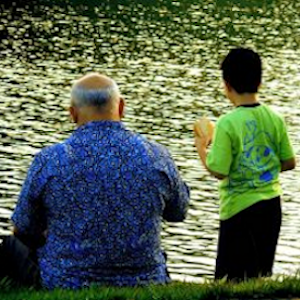States across the nation continue to focus on increasing the number of foster children placed with relatives as more studies are finding there to be benefits of kinship care over traditional foster care. A 2015 study by the Adoption and Foster Care Analysis and Reporting System (AFCARS) found that 30% of the total population of children in care consisted of children being raised by a family member or close family friend. While the long-term benefits of kinship care are well documented, the time following the child’s placement in the care of relatives can be turbulent as both adults and children face a complex challenge: the medical issues of children in kinship care. These troubles can result in undiagnosed physical disabilities and developmental delays that may be harmful to the child’s schooling and day-to-day life.
Medical Issues of Children in Kinship Care
Most kinship cases happen unexpectedly, leaving caregivers with a short amount of time to take in all of the information covered during the licensing process. Even with the Fostering Connections to Success and Increasing Adoption Act (FCA) of 2008 easing the requirements for kinship caregivers, it can be a challenge for them to remember all of the intricacies of the policies.
Continue reading






 This change has resulted in more grandparents raising grandchildren then ever before. In 2012, National KIDS COUNT reported that 4% of all children under the age of 18 in the United States were living in a home where a grandparent was their primary caregiver. This number is likely to rise going forward.
This change has resulted in more grandparents raising grandchildren then ever before. In 2012, National KIDS COUNT reported that 4% of all children under the age of 18 in the United States were living in a home where a grandparent was their primary caregiver. This number is likely to rise going forward.